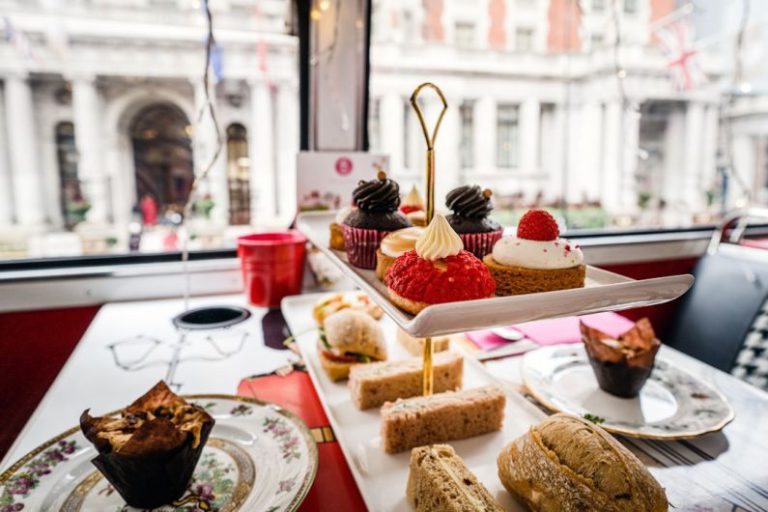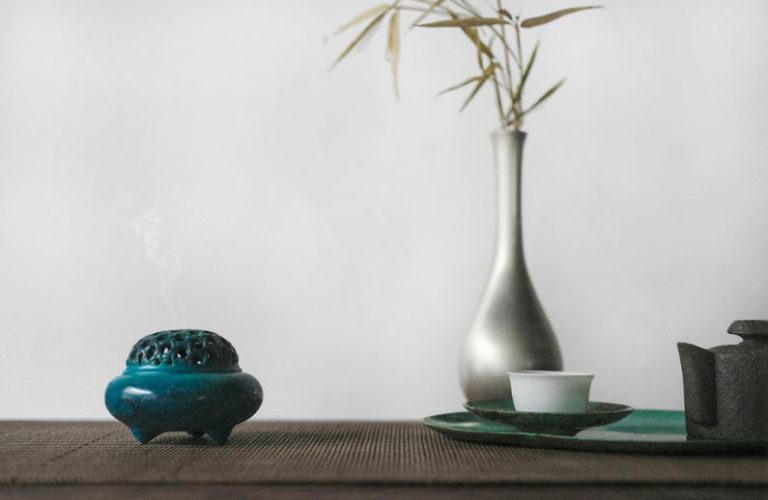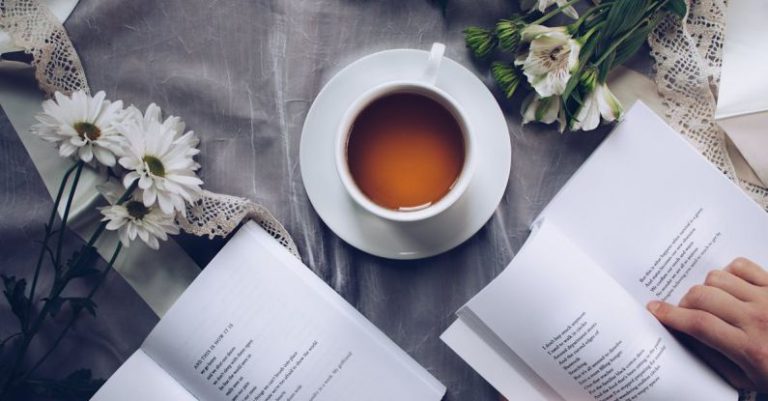Uncovering the Victorian Tea Culture
During the Victorian era, the ritual of afternoon tea became a cornerstone of British society, symbolizing elegance, refinement, and social status. This beloved tradition, which originated in the early 19th century, continues to be celebrated today for its charm and sophistication. Let’s delve into the fascinating world of Victorian tea culture and explore the customs, etiquette, and significance of this time-honored practice.
The Origins of Victorian Tea Culture
Tea-drinking was introduced to England in the mid-17th century and quickly gained popularity among the aristocracy. However, it was not until the Victorian era that tea became a widespread beverage enjoyed by people from all social classes. The Industrial Revolution led to an increase in tea imports, making this exotic drink more affordable and accessible to the general public. As a result, tea-drinking became a daily ritual in households across Britain, transcending social barriers and bringing people together.
The Rise of Afternoon Tea
One of the most defining aspects of Victorian tea culture was the tradition of afternoon tea. In the early 19th century, Anna, the Duchess of Bedford, is credited with popularizing the idea of having a light meal and tea in the afternoon to ward off hunger between lunch and dinner. This practice soon caught on among the upper classes and evolved into a fashionable social event.
The Etiquette of Tea Drinking
Tea-drinking in Victorian times was governed by a strict code of etiquette, reflecting the era’s emphasis on manners and propriety. From the way tea was brewed to the manner in which it was served, every aspect of the tea ceremony was steeped in tradition. Proper etiquette dictated that tea should be brewed in a teapot, poured into delicate china cups, and accompanied by dainty sandwiches, scones, and pastries. Guests were expected to observe strict rules of behavior, such as stirring their tea in a gentle back-and-forth motion and never clinking their spoon against the cup.
The Role of Tea in Society
Tea-drinking played a significant role in Victorian society, serving as a symbol of refinement and sophistication. Hosting afternoon tea became a way for women to showcase their social status and entertain guests in an elegant setting. Tea parties were also a means of forging social connections, as people gathered to engage in polite conversation and enjoy each other’s company. The art of tea-drinking was seen as a mark of civility and good breeding, reflecting the values of a polite and orderly society.
The Influence of Tea on Fashion and Decor
The popularity of tea-drinking in Victorian times extended beyond the beverage itself and influenced fashion and interior design trends. The delicate patterns and pastel colors of fine china tea sets inspired the creation of clothing and home decor items adorned with floral motifs and intricate designs. Tea gowns, loose-fitting dresses worn by women at home during tea parties, became a fashionable garment that epitomized the elegance and femininity of the era. The ritual of afternoon tea also influenced the design of tea rooms and parlors, which were decorated with ornate furniture, plush upholstery, and floral arrangements to create a cozy and inviting atmosphere.
Reviving Victorian Tea Culture
In recent years, there has been a resurgence of interest in Victorian tea culture, with tea enthusiasts and history buffs embracing the customs and rituals of this bygone era. Tea rooms offering traditional afternoon tea experiences have proliferated, allowing people to step back in time and savor the charm of Victorian tea culture. From vintage teapots and lace tablecloths to elaborate tiered cake stands and delicate teacups, the trappings of a Victorian tea party continue to captivate modern audiences seeking a taste of nostalgia.
Embracing the Timeless Tradition
The enduring appeal of Victorian tea culture lies in its ability to evoke a sense of grace and refinement in a fast-paced world. By delving into the customs and rituals of this elegant tradition, we gain a deeper appreciation for the art of tea-drinking and the role it has played in shaping society. Whether enjoying a cup of Earl Grey in a cozy tearoom or hosting a lavish tea party at home, we can all partake in the timeless ritual of afternoon tea and savor the simple pleasures it brings.
As we raise our teacups to toast to the legacy of Victorian tea culture, let us continue to cherish this beloved tradition and keep its spirit alive for generations to come. In a world filled with hustle and bustle, a cup of tea offers a moment of tranquility and connection, reminding us of the beauty and elegance of a bygone era that continues to inspire us today. Cheers to the enduring allure of Victorian tea culture!






